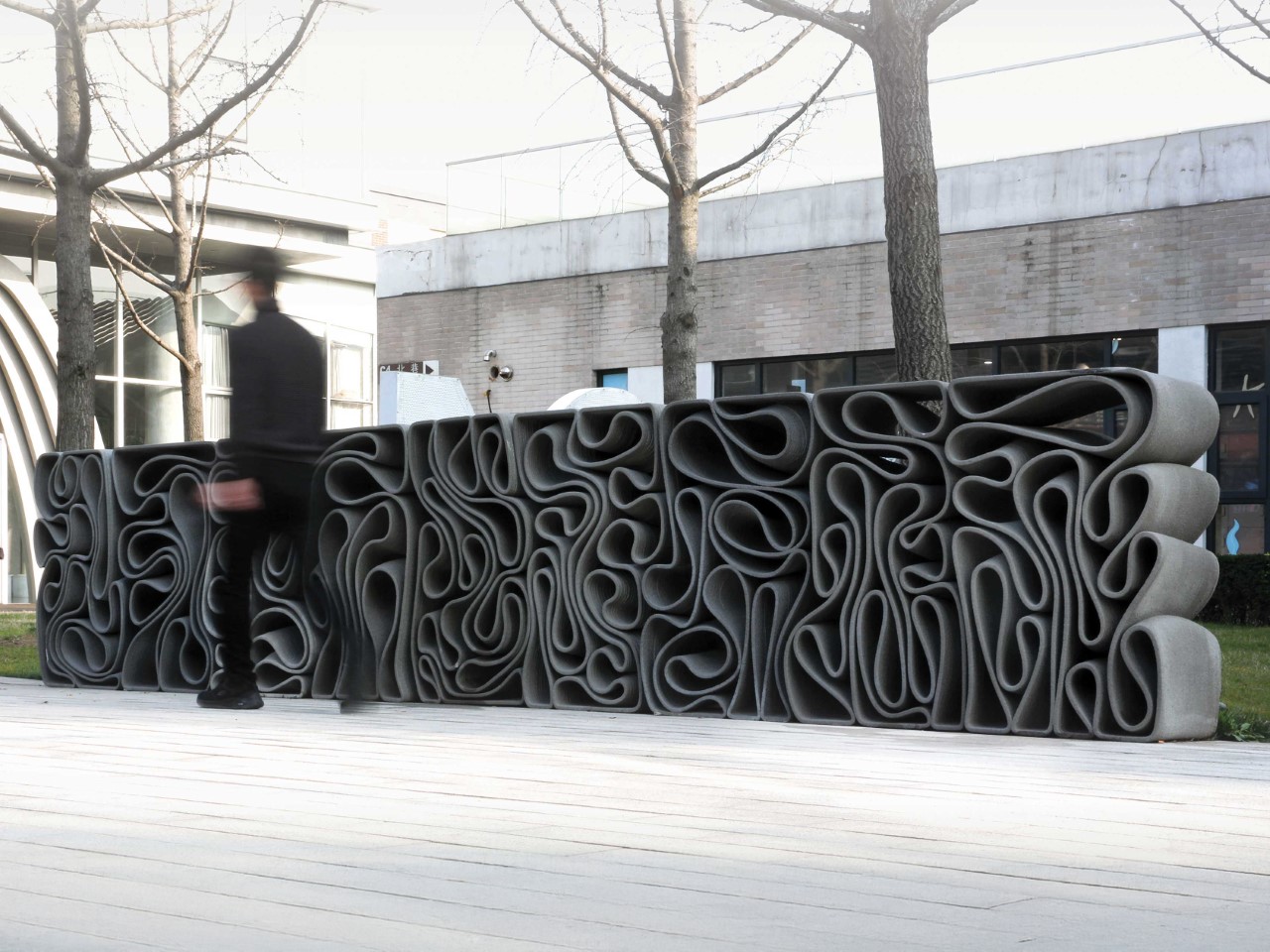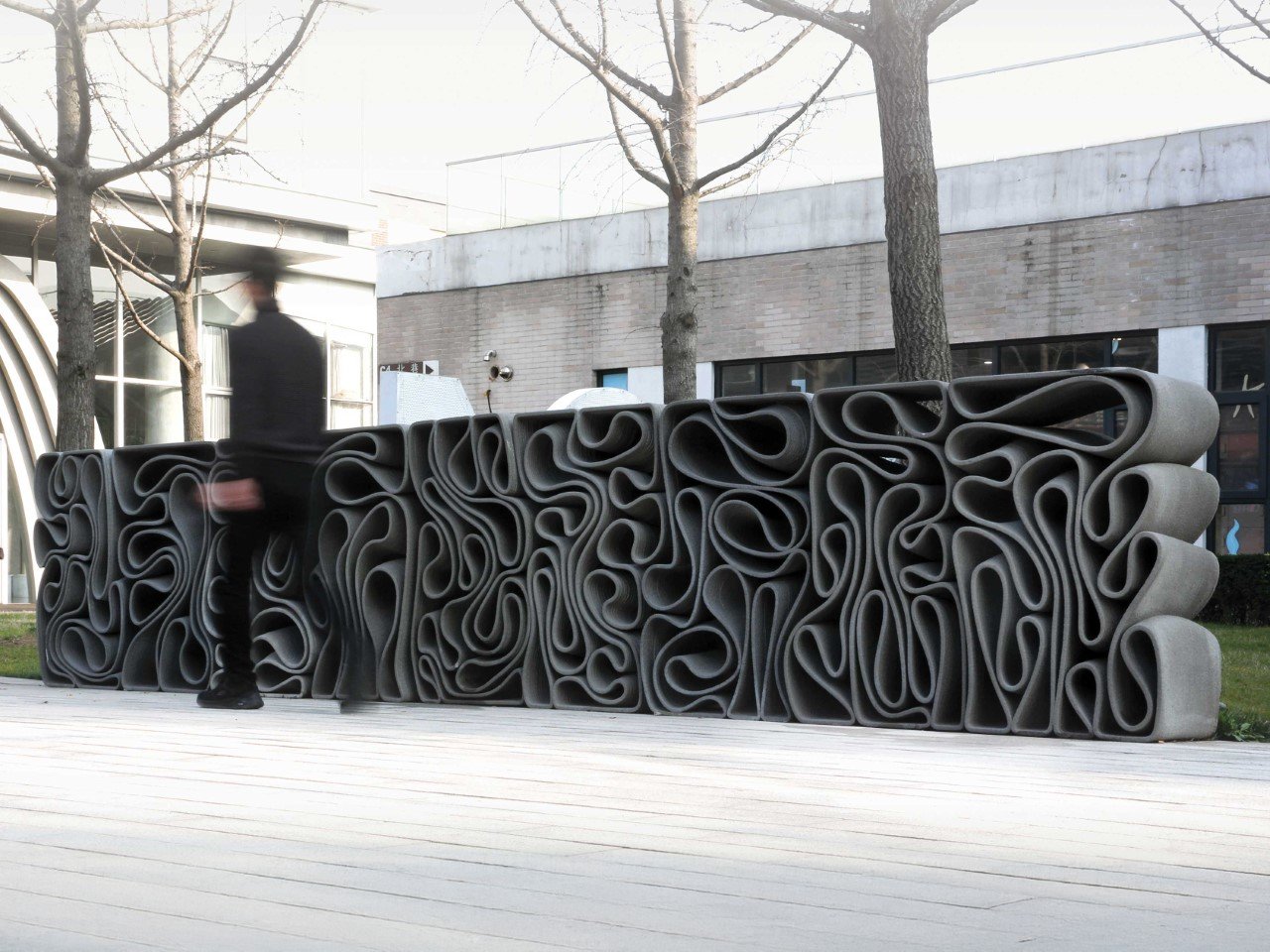
Concrete doesn't typically inspire thoughts of artistry or adaptability – it's solid, gray and static. But Amorphous Concrete turns that notion on its head, proving that even the most stable materials can grow and evolve. This award-winning project combines high-tech algorithms with timeless materials, creating a system that is as much about beauty as it is practicality.
Amorphous concrete uses a “differential growth” algorithm – a process that mimics the organic growth patterns you might find in coral reefs or tree branches. The result? Stunningly complex shapes that are both structurally sound and visually fascinating. These shapes are then 3D printed into modular concrete units, each unique, customizable and ready to perform tasks ranging from outdoor seating to functional art installations. Think of it as a design inspired by nature, but with the precision of advanced engineering.
Designer: SA-Math


Amorphous Concrete owes its brilliance to the collaboration between SA-Math, a Shanghai-based digital fabrication studio, and Xiamen Zhichuangchi Technology Co., Ltd. With designers like Cai Chengzhi and Chen Rongsheng at the helm, the project combines computational wizardry with hands-on expertise. The team's vision goes beyond aesthetics; They have developed a system that focuses on sustainability, reducing material waste while maximizing creativity.


A notable implementation of this technology is a nine-unit demonstration product installed as an outdoor landscape sculpture at the Xinyangwan Technology Venture Park in Shanghai. Here, nine interconnected concrete modules come together to form a sculptural centerpiece and serve as both art and utility. The adaptability of these modules means they can be reconfigured, expanded or even replaced without waste, making them ideal for evolving public spaces.


By integrating computer modeling and digital fabrication, Amorphous Concrete offers a sustainable and efficient approach to the challenges of modern construction. Its ability to create unique, reconfigurable systems makes it a pioneering solution in the field of modular design. It even won the Red Dot Award: Design Concept this year, confirming it as a proof-of-concept that can be applied at scale.


The beauty of amorphous concrete lies in its ability to combine the organic with the industrial. It's a playful contradiction – robust yet elegant, adaptable yet durable. It invites cities, architects and designers to think differently about the spaces we live in. Because if concrete can grow and evolve, why shouldn't our cities do the same?


